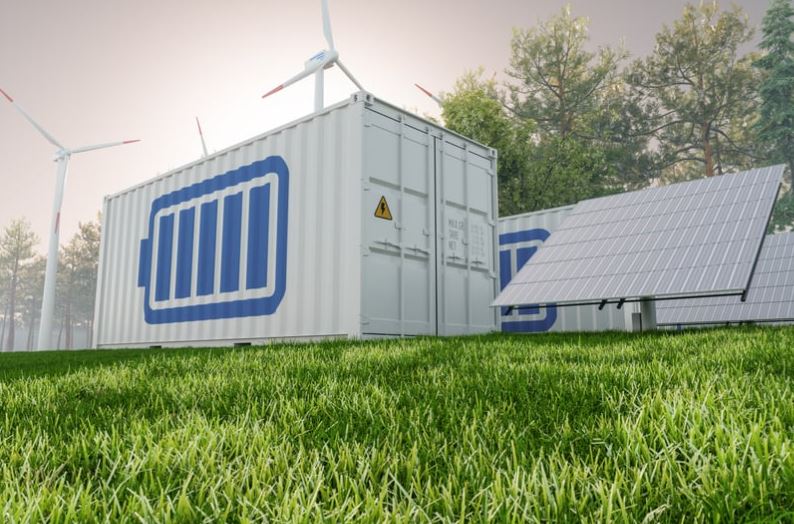Trade tensions between the United States and China have notably impacted the electronics supply chain, with Chinese lithium battery manufacturers experiencing significant pressure under tariffs imposed by the Trump administration. In an industry where margins are already slim, these import duties have introduced both immediate challenges and opportunities for transformation within the sector.
The global lithium battery market, worth approximately $50 billion, has been a major growth area for Chinese manufacturers. They account for over 70% of the world’s production, thus making it a critical area of focus in US-China trade relations. However, the imposition of tariffs ranging from 15% to 25% has disrupted this dominance by making Chinese exports less competitive in the American market. This has led to a shift in supply chain strategies, with some manufacturers passing costs onto American consumers or seeking alternative markets to maintain export levels.
Data from the period immediately following the tariff introduction shows a noticeable decline in the volume of Chinese lithium battery imports into the U.S. Meanwhile, local American manufacturers have experienced a slight uptick in demand as companies look to source domestically or from countries not subject to tariffs. The encouragement of domestic production aligns with the broader trend of reshoring within the technology industry, although challenges such as investment for scale and technological capability remain.
To counter these challenges, Chinese producers have been exploring options to move manufacturing operations to tariff-exempt countries. Countries in Southeast Asia, including Vietnam and Thailand, are seeing increased investment activity as firms aim to mitigate tariff impacts. However, the infrastructural development and workforce training in these new locations present their own hurdles.
The technological evolution within the battery industry continues apace. Manufacturers are investing in research and development to produce next-generation, more cost-effective batteries. This push is partially driven by the need to bolster competitiveness in the international market and partially by a growing global demand for innovative energy solutions, including electric vehicles and renewable energy storage systems.
Moreover, long-term market demand remains robust with the International Energy Agency predicting the number of electric vehicles on the road to increase significantly over the next decade, thereby sustaining lithium battery demand. The challenge will be ensuring competitive pricing while navigating geopolitical tensions and tariff restrictions.
While Trump’s tariffs have undoubtedly posed obstacles for Chinese lithium battery makers, they are simultaneously catalyzing geographical diversification, technological advancement, and strategic realignment across the industry. How effectively companies can leverage these changes will determine their future standing in a rapidly evolving global market.





